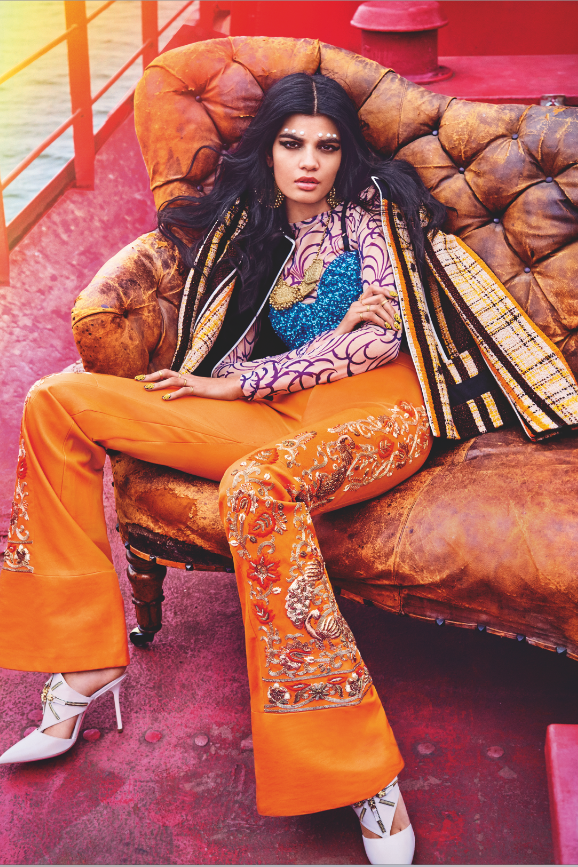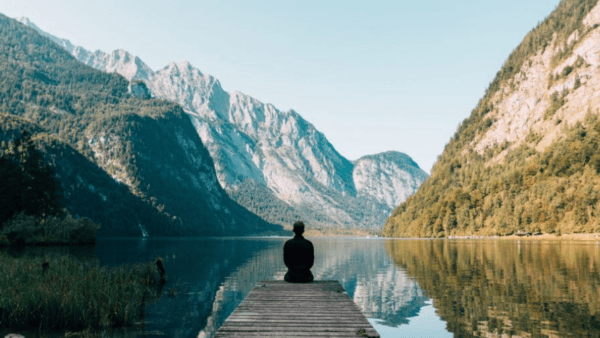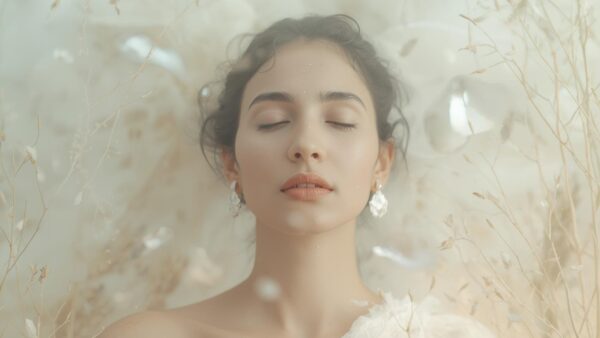When you think about traditional therapy, you’re likely thinking of sitting on a couch with a counsellor and talking through what’s ailing you. While this form of therapy has been proven as an efficient manner to improve your physical and emotional wellbeing, new complementary and alternative forms (like art, dance, music and exposure therapies) have become popular too. When does a creative process transform to a wellness exercise? “When we are being creative to express and not to impress, then it becomes a source of joy and a stress buster. The most important thing it does is that it breaks the hyperactive nature of cortisol, which if left untreated weans the natural synergy of hormones and destroys the delicate inner-equilibrium or the homeostasis of the body,” says creative meditation expert and holistic coach Sumisha Shankar.
What is dance therapy?
Shankar says that studies show that dance keeps the hippocampus young, which otherwise shrinks due to ageing, leading to loss of cognitive skills. Dance as a therapy is used extensively in de-addiction centres for alcohol, physical abuse, prisons and PTSD. “Most degenerative diseases are accompanied by a loss of neuro-plasticity, including Alzheimer’s disease, Huntington’s disease, and Parkinson’s disease,” states Shankar. How does it work as a psychological level? “Dancing just to dance lets a person release themselves from the unwanted performance pressure and focus inwards into the sensation of the moment. This process releases repressed emotional stress and floods the body with healing endorphins, serotonin and oxytocin, as well as anandamide, a neurotransmitter that balances and improves mood.
How can art therapy help?
“Art beyond performance is meant as an experience that cleanses unwanted stress which we have been conditioned to repress,” says Shankar, also a trained art therapist. Colours and textures become mediums to capture what we are experiencing, and express it in a non-judgmental manner. “Colouring can be a practice in mindfulness, but if you want to use art as therapy that releases pain and trauma, it is best done under the instruction of a licensed art therapist, who will use art to explore your inner conflicts and give you a more constructive way to process that,” adds Vasunia.
How does auditory therapy work?
Music has been used as a therapeutic tool that been shown to affect many areas of the brain, including the regions involved in emotion, cognition, sensation, and movement. Because music can evoke happy emotions and stimulate reward centres in the brain, music therapy is often able to alleviate symptoms of mental health concerns like depression and insomnia. “When you listen to music, you are using both your visual cortex to conjure up a memory or setting a scene, and the auditory cortex to listen to the song. This way, it serves as a full-mind workout,” says Samay Ajmera, Music Therapist, counsellor and cofounder of MuzArt. According to Ajmera, your playlist can be your personalised tool for mindfulness. Don’t go by what’s trending or what’s recommended. Go by your gut. “Whatever music you are listening to, give it one minute, and if nothing is happening, switch to another track.”
Though listening to music is passive, Ajmera shares some ideas to be more active with it. “A quick hack to get you into the moment is to focus on one instrument through the piece for three minutes, it could be the drums or the guitar. It helps you to not think of the past or into the future but allows you to be simply in that moment.”
How thunder therapy can help quell anxiety
Thunder therapy, a new popular one on the Internet, is a take on this kind of auditory therapy. According to a research by Sussex Medical school, natural sounds physically impact the neural pathways in our brains. Psychologist Tanya Vasunia shares, “A lot of people mistake mindfulness and meditation to be similar. The way I describe to my clients is that the idea of meditation is to clear your mind and feel light. Mindfulness is about focus. Thunder therapy involves the auditory senses and also nudges auditory senses to focus on something particular, such as the sounds of thunder. As compared to rain and waves, where there is a sort of monotonous sound, thunder therapy is more spontaneous.” While thunder is generally connected to feeling anxious, Vasunia shares that this is due to being startled by the unexpectedness of it. “Having it on loop encourages some of us to slowly pause, and get into the acceptance phase of the anxiety,” she shares.
The article was first published in Vogue





